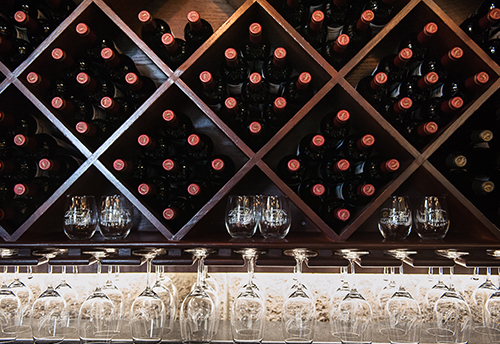With the craze of ‘Dry January’ and ‘Sober October’ we have seen a lot of rumors swirling around about the ingredients of wine and what is hidden in your favorite bottle. We’re here to set the record straight and give you a full-access look at three of the most common ingredients that we get questions about.
SULFUR DIOXIDE:
Sulfur Dioxide (SO2) is a common chemical compound that is used in winemaking and plays a critical role in producing high quality wines. Its preservative and anti-bacterial qualities were discovered thousands of years ago, and is naturally present on the grape skins. Sulfur serves two main purposes. It prevents the wine from reacting with oxygen which can cause browning and off-odors (oxidation), and it inhibits the growth of bacteria and undesirable wild yeasts in the grape juice and wine. So how much is typically used? To put it in perspective, wine typically contains between 20-200 parts per million of SO2, while raisins and dried apricots contain between 500-2,000 parts per million of SO2.
SUGAR:
Wine (or any fermented beverage) is the result of converting sugar to alcohol. Generally speaking, wine is fermented until it is dry, meaning that all of the sugar has been completely converted to alcohol and there is none left. Sometimes winemakers will stop the fermentation early in order to leave some residual sugar and sweetness in the wine, such as with dessert wines. In some cases, wineries may add small amounts of grape concentrate at the beginning of fermentation if the grapes are not ripe enough, or to finished wine for a variety of reasons including mouthfeel or balance, however it is important to note that at Dry Creek Vineyard, we do not do this.
YEAST:
Remember how we said that wine is the product of converting sugar to alcohol? We owe this amazing fermentation process to tiny microorganisms called yeast. Different yeasts have been naturally isolated from fermentations in different wine growing regions around the world, then cultured in a laboratory environment. These commercially available yeasts are non-GMO and used in high quality wines to ensure that the wine ferments completely dry, without any negative side effects. In the case of native yeast fermentation, it has been shown that in many cases the fermentation doesn’t complete to point of the wine being dry, or eventually Saccharomyces yeasts take over and finish the fermentation. In the case of the latter, the wine ends up with the same species of yeasts as found in commercial yeasts.
We hope this inside look at the fermentation process helps give some transparency to the role of these natural elements of winemaking. Stay tuned for more inside looks and send us your questions at social@drycreekvienyard.com.


